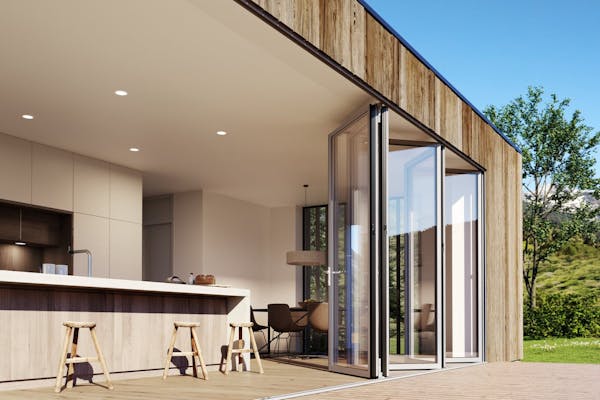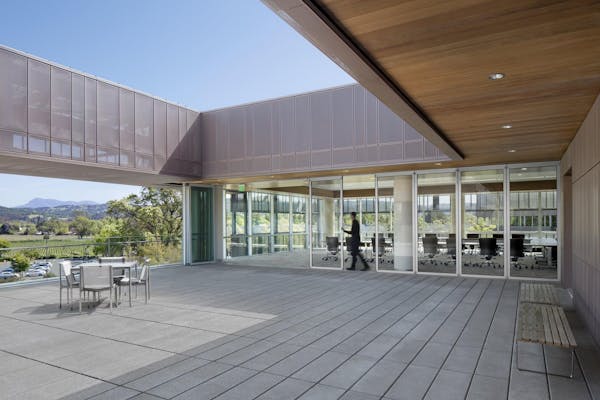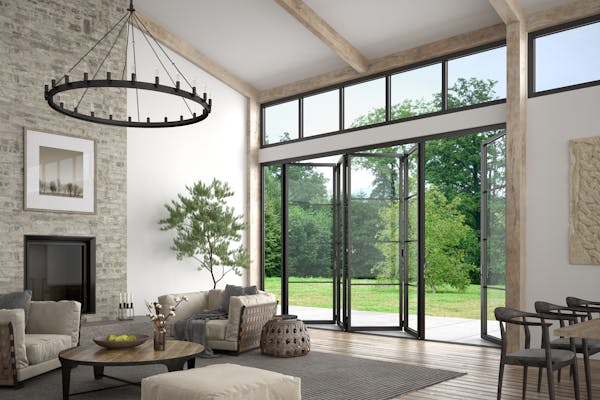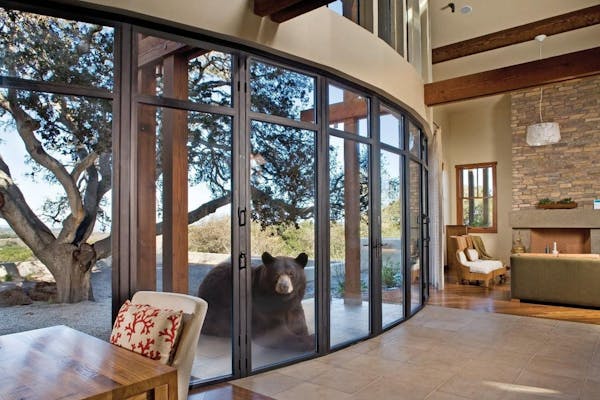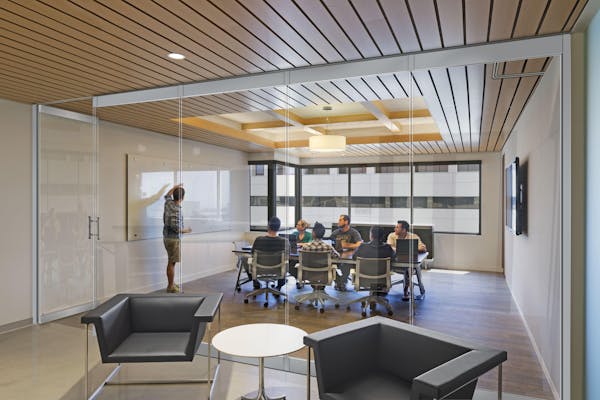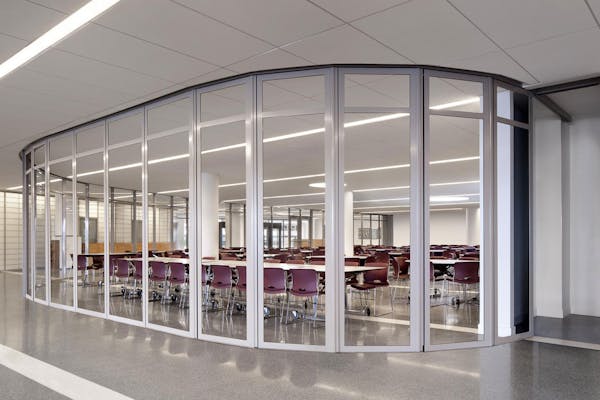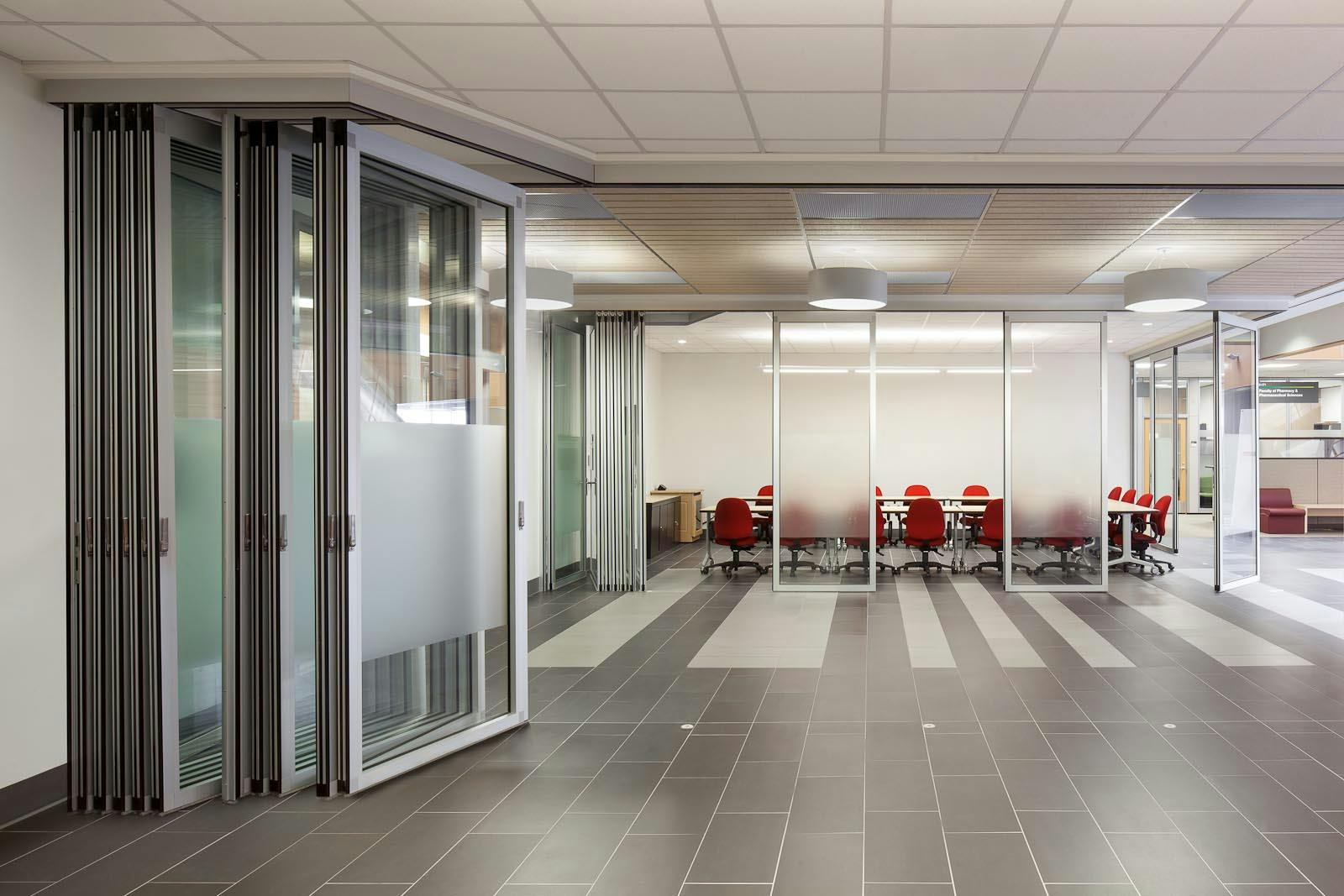Here’s Why You Should Consider Operable Glass Walls for Your Interior Spaces
By Peter J. Arsenault, June 11, 2017
While many people think of walls as stationary to isolate spaces from one another, there are plenty of occasions when having the ability to open up and connect two spaces is desirable. This is particularly true in a number of commercial, office, retail, hospitality, restaurant, and educational settings where different sized groups of people can create different space needs. At the same time, having visual access for either light or functional connectivity when walls are closed can be desirable or necessary in certain design situations.
When looking at incorporating an operable glass interior wall into a project, there are four prime design considerations. These include:
Flexibility:Operable glass walls provide ultimate flexibility for either separating spaces or combining two or more spaces. Selecting a product that is truly easy to use is important so that it will actually be used as intended and not become a liability rather than an asset.
Light:When the operable wall is open, all of the available light can pour into the space that would otherwise be closed off by a wall. When the operable wall is closed, it can either be opaque or translucent to block some or all of the light if desired, or it can be made with clear glass and minimal edge frames to still allow full light into the enclosed space. The use of glass also helps with providing natural daylight and views into the enclosed space.
Sound control:When an operable wall is closed, it suggests that the people inside of the space need or desire some sound separation from the adjacent spaces. Sound transfer can be tested and measured on all operable glass doors to determine sound transmission class (STC) ratings and outdoor/indoor transmission class (OITC) ratings. Independent tests conducted on operable glass walls have shown results of an STC of 36 and OITC of 30, which are favorable for many indoor environments and better than some fixed glass partitions.
Privacy:Focused meetings or private conversation often need the privacy of good sound control and sometimes visual control. Operable glass walls can be specified to achieve such desired levels and maintain the needed privacy when the doors are closed.
Overall, with no floor track required, operable glass walls allow for uninterrupted transitions between interior spaces. When the wall is closed, the beauty of an all glass aesthetic is realized with the added benefits of acoustical sound privacy and the potential for views and shared light.
*The above is a snippet from Innovative Interiors, a Continuing Education Course. Click here for more from the course.
